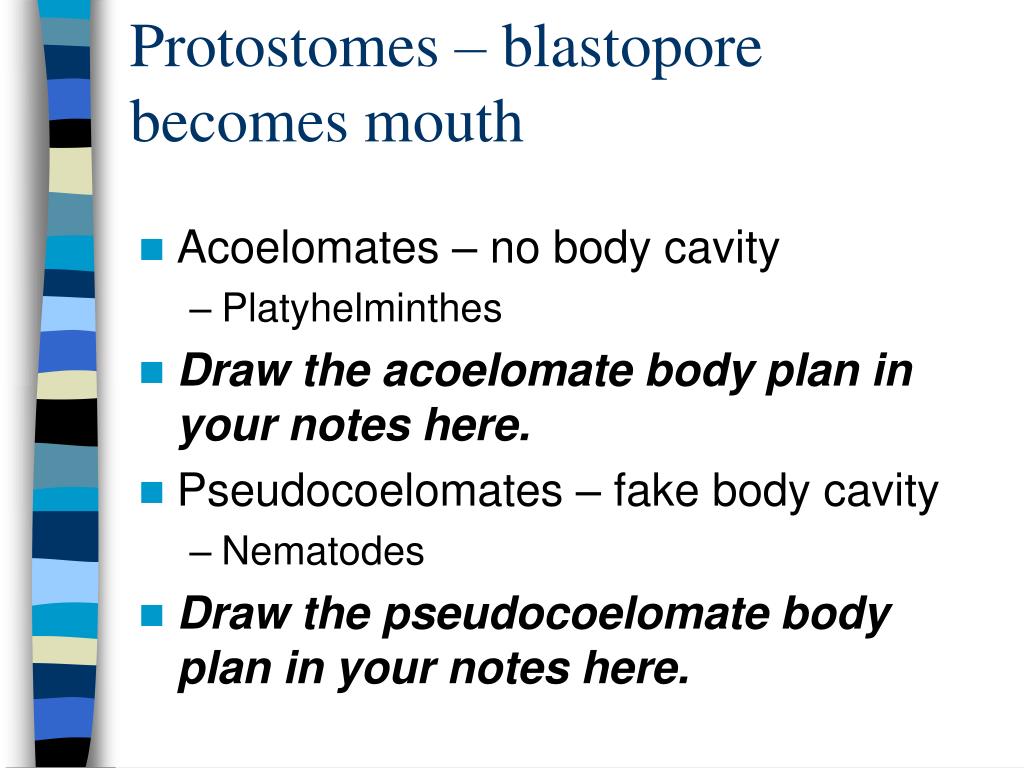


The mesodermal layer that migrates to the lateral and ventral lips develops the posterior structures. Through the blastopore lip, the mesoderm migrates and forms the anterior structures. After the establishment of the dorsal part of the embryo, the involution mesoderm induces the formation of the anterior-posterior axis. In certain vertebrates, for example in Xenopus levis the anterior-posterior axis is formed after the formation of the dorsoventral axis. Induces the neural tube formation from the neural plate. It also induces the ability to cover superiorly by surrounding the lateral mesoderm and covers superiorly the ectoderm into neural ectoderm. The dorsal mesoderm persuades the formation of the central nervous system, induces the formation of prechordal plate and chords mesoderm. The notochord proteins help in the rest of the embryonic pattern. The spanning runs along the anterior-posterior axis. These cells are elongated, get very thin, and become a rod of mesodermal tissue. These cells are the first one to get internalized at the time of epiboly, blocking the cells. The dorsal mesodermal layer is converted into a notochord. Epiboly is the process of movement of ectodermal cells over the surface of the embryo and covers the endoderm and mesoderm. At the time of involution, the mesodermal cells end with a second layer below the ectodermal layer, which is similar to epiboly. The cell involution takes place extensively at the dorsal side of the embryo and also occurs at the other regions of the dorsal lip. Now the constricted cells are known as bottle cells (named due to the arrangements of such cells in a bottle like appearance). This local invagination pushes the interior cells upwards and starts to roll the sheet of cells interiorly. Such change is known as the apical constriction and forms the local invagination.

The dorsal lip of the blastopore is a small group of cells that change the shape and gets narrowed at the edge, exteriorly in the blastula.


 0 kommentar(er)
0 kommentar(er)
